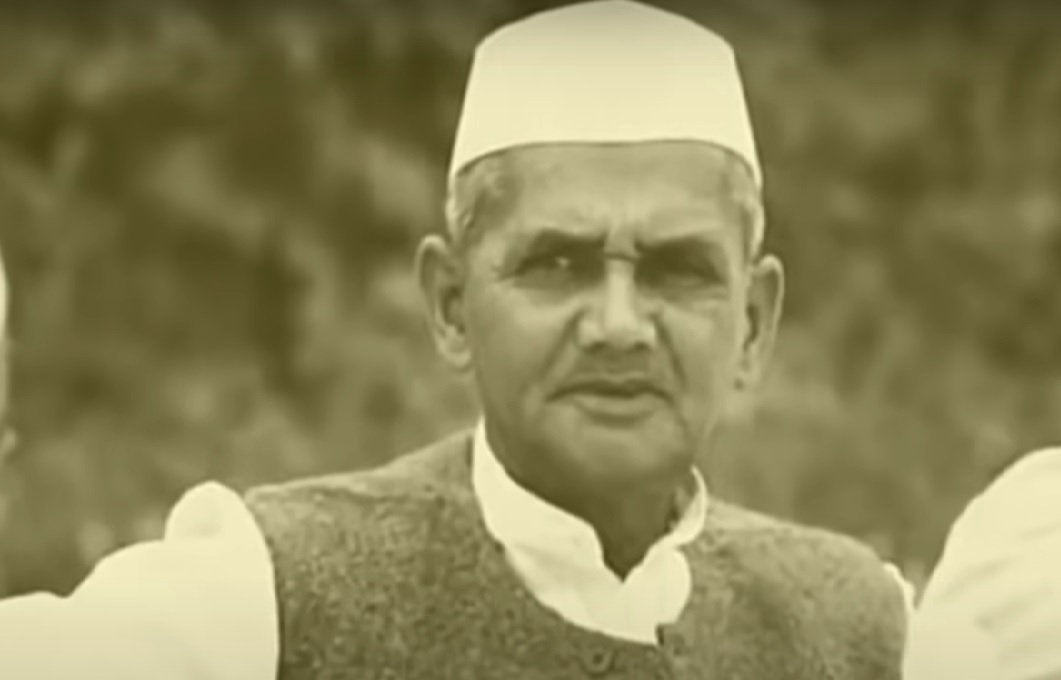Lal Bahadur Shastri: The Stalwart of Integrity and Leadership
Introduction:
Lal Bahadur Shastri, an eminent leader and the second Prime Minister of India, left an indelible mark on the nation’s history. His simplicity, integrity, and unwavering commitment to the welfare of the common people earned him immense respect. This essay delves into the life, contributions, and enduring legacy of Lal Bahadur Shastri.
Early Life and Values:
Born on October 2, 1904, in Varanasi, Shastriji imbibed values of simplicity, honesty, and social service from a young age. His upbringing instilled in him a deep sense of empathy for the underprivileged.
Participation in Freedom Struggle:
Shastriji actively participated in the Indian independence movement, advocating non-violent resistance against British rule. He was imprisoned several times for his role in various movements.
Leadership During Challenging Times:
As the Prime Minister, Shastriji faced several challenges, including food scarcity and the aftermath of the 1962 war with China. His leadership during these turbulent times earned him the nickname “Man of Steel.”
Promotion of Green Revolution:
Shastriji’s emphasis on self-sufficiency in food led to the Green Revolution, which transformed India from a food-deficit nation to one with surplus production. His call of “Jai Jawan, Jai Kisan” (Hail the Soldier, Hail the Farmer) reflected his concern for both defense and agriculture.
Handling the 1965 Indo-Pak War:
During the 1965 war with Pakistan, Shastriji’s diplomatic acumen and strategic decisions ensured India’s unity and deterrence against external aggression.
Tashkent Agreement:
In 1966, Shastriji signed the Tashkent Agreement with Pakistan, aiming to restore peace after the war. His dedication to resolving conflicts through peaceful negotiations showcased his statesmanship.
Sacrifice and Legacy:
Tragically, Shastriji passed away under mysterious circumstances in Tashkent in 1966. His legacy of humility, integrity, and selfless service continues to inspire generations.
Principles of Simplicity:
Shastriji’s lifestyle reflected his commitment to simplicity. He chose to live in a small house, devoid of unnecessary luxuries, setting an example of frugality for all.
Empathy for the Poor:
His policies were centered on uplifting the economically weaker sections. The slogan “Jai Jawan, Jai Kisan” not only highlighted his focus on agriculture but also his concern for the welfare of soldiers and farmers.
Respect for Democracy:
Shastriji upheld democratic values and worked tirelessly to ensure that every citizen had the opportunity to contribute to the nation’s progress.
Inspirational Leadership:
His leadership style was characterized by humility, honesty, and a strong work ethic. He believed that leadership was a responsibility, not a privilege.
Conclusion:
Lal Bahadur Shastri’s life exemplifies the true spirit of leadership and integrity. His dedication to the nation, concern for the marginalized, and pursuit of peace through diplomacy continue to inspire us. As we remember his legacy, let us strive to embody his values in our own lives, working towards a just and equitable society that he envisioned.
Frequently Asked Questions (FAQs) on Lal Bahadur Shastri:
Who was Lal Bahadur Shastri?
Lal Bahadur Shastri was the second Prime Minister of India, known for his simplicity, integrity, and leadership during challenging times.
When was Lal Bahadur Shastri born?
He was born on October 2, 1904, in Varanasi, India.
What role did Shastriji play in the Indian independence movement?
He actively participated in the freedom struggle, advocating non-violent resistance against British rule, and was imprisoned multiple times.
What is Lal Bahadur Shastri known for?
Shastriji is known for his promotion of the Green Revolution, his leadership during the 1965 Indo-Pak war, and his commitment to simplicity and integrity.
What was the significance of the slogan “Jai Jawan, Jai Kisan”?
This slogan, coined by Lal Bahadur Shastri, highlighted his focus on both the welfare of soldiers and the well-being of farmers.
What was the Tashkent Agreement signed by Shastriji?
The Tashkent Agreement, signed in 1966, aimed to restore peace after the 1965 war with Pakistan. It showcased his dedication to a peaceful resolution.
What was Shastriji’s leadership style?
His leadership was characterized by humility, honesty, and a strong work ethic. He believed that leadership was a responsibility, not a privilege.
When did Lal Bahadur Shastri pass away?
He passed away on January 11, 1966, in Tashkent, shortly after signing the Tashkent Agreement, under mysterious circumstances.
What is the legacy of Lal Bahadur Shastri?
Shastriji’s legacy includes his principles of simplicity, empathy for the poor, and dedication to democratic values, which continue to inspire generations.
How is Lal Bahadur Shastri remembered today?
He is remembered as a statesman, a champion of the common people, and a leader whose integrity and values set an example for future generations.

